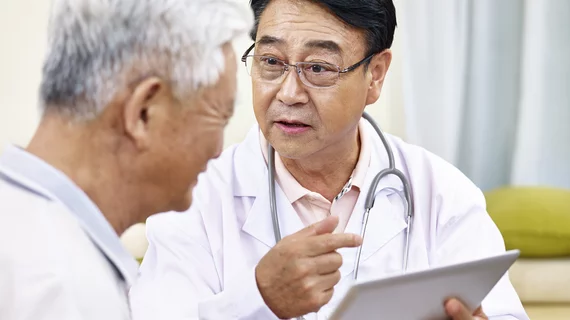Johns Hopkins develops tool to combat costly no-show appointments
Patients not showing up to appointments, or no-shows, is a costly problem for the healthcare industry that also clogs up providers’ availability. Johns Hopkins University’s Malone Center for Engineering in Healthcare has developed a new algorithm that aims to reduce no-show rates and open up more available appointments.
The concept could help reduce the high cost burden to healthcare providers. No-shows cost an average radiology practice about $1 million annually alone.
Johns Hopkins researchers looked at two Johns Hopkins Community Physicians (JHCP) clinics and determined that up to 20 percent of patients don’t show up for scheduled appointments. The team developed a machine-learning algorithm that predicts the likelihood that a patient will show up for an appointment, taking demographics, economic status, medical history and more into account. The algorithm provides a score for the individual, which providers can use to identify which patients are at a high risk of not showing up.
"The new approach developed with our partners at Johns Hopkins Community Physicians has allowed the clinic to add over 70 pediatric appointments to their schedule per week, improving outpatient access for more children while also reducing the no-show rate 16 percent for patients who are highly likely to miss scheduled appointments," Scott Levin, associate professor of emergency medicine at Johns Hopkins University School of Medicine, said in a statement.
In addition, researchers found that individual departments can use the information to best determine how to utilize their appointment slots, like making additional outreach calls and reminders to patients about upcoming appointments. Other departments give high-risk appointment slots to patients in need of urgent care. The two JHCP clinics started using the model in September 2017.
"These additional reminder calls the day before the appointment for patients likely to no-show allow for patients to reschedule as needed and remind them one more time about their appointment. This has helped these patients get the care they need, while improving outpatient access for others," Jenny Bailey, vice president of quality and transformation at JHCP, said in a statement.
The model has helped find other insights as well, such as indications that patients who use emergency departments more often are more likely to miss scheduled appointments. Patients that utilize the online patient portal MyChart and scheduled their own appointments were found to be more likely to keep appointments.
Next, researchers hope to integrate the model into Johns Hopkins Medicine’s electronic patient care records system. Eventually, it will spread across the institution’s health system and hospitals across the country.

